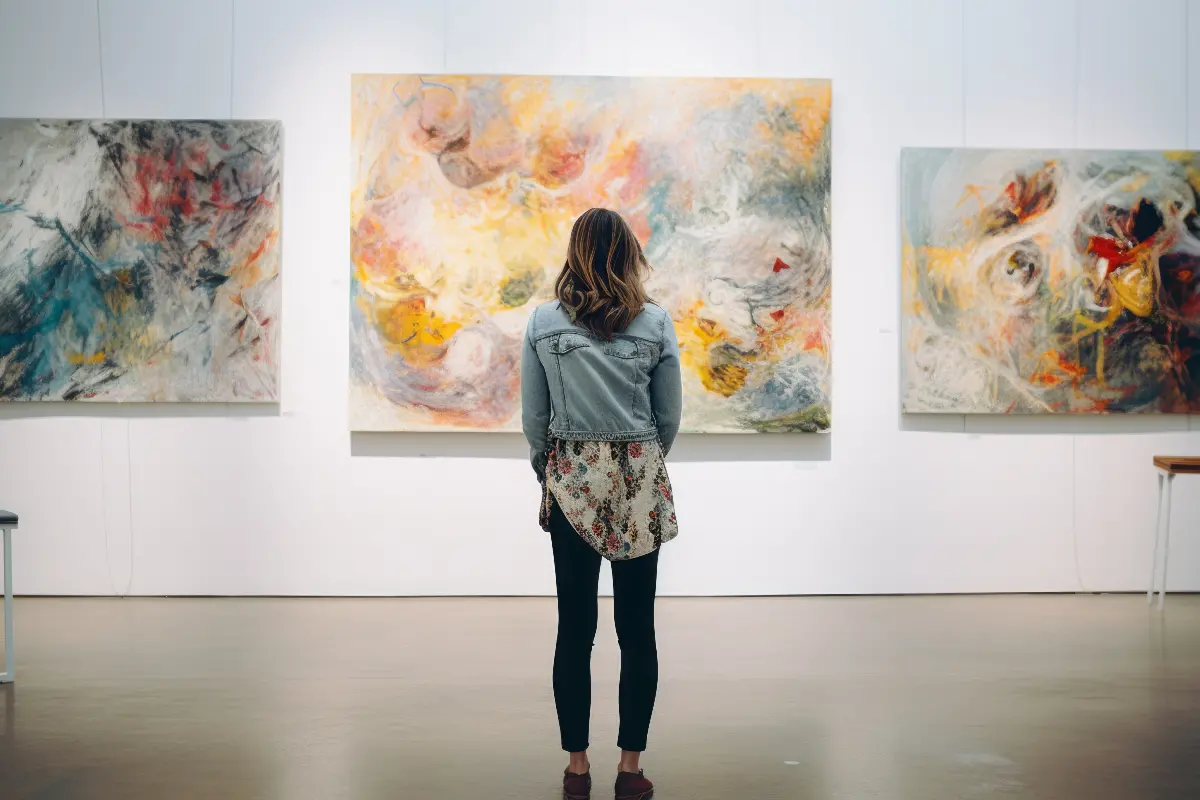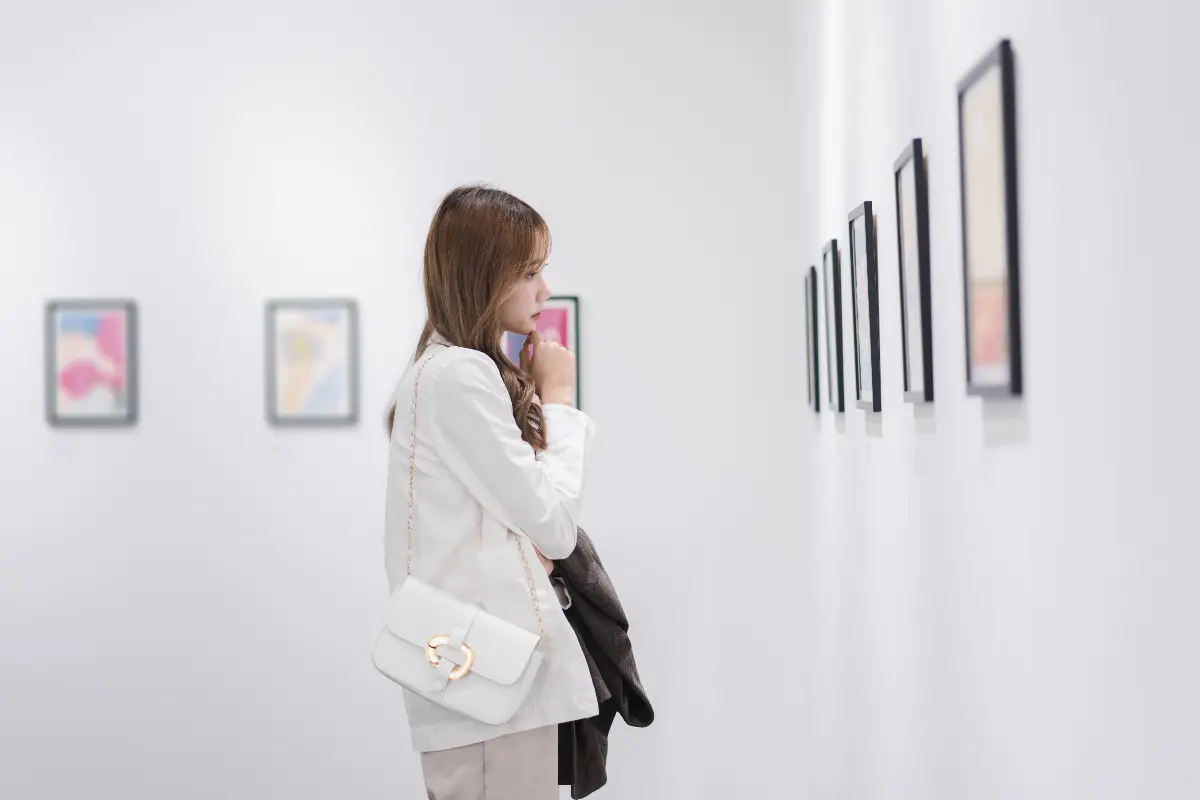Art appreciation is a journey as personal and diverse as art itself. It invites individuals to look beyond the mere visual appeal of artwork and delve into a deeper understanding that connects the viewer to the artistic realm. The prospect of understanding and enjoying art, which may initially seem daunting to some, can be greatly simplified with a few structured steps that foster a more profound and gratifying experience. Let’s explore how you can enhance your art appreciation journey.

The first step in appreciating art is to look beyond the surface. When encountering an artwork, start by taking in the whole scene. Before passing any judgement or forming any analysis, give yourself time to simply absorb what's in front of you. This step is about initial impressions—the feelings, thoughts, and emotions that the piece evokes as you experience it for the first time. Observe the colours, shapes, and materials without trying to assign meaning to them just yet. Allow the art to make its first impression.
The second step is to learn about the context. Every piece of art comes from a specific historical, social, and cultural backdrop. Understanding the era in which the work was created, the life of the artist, and the prevailing artistic movements at the time can significantly shift your perspective. Researching these contexts doesn't have to be an academic exercise; a simple online search or reading the placard next to a museum piece can provide you with insights that will change the way you see the artwork.
A third step is to analyse the elements of the art. This is where you start to break down what you see. Consider the basic elements such as line, shape, colour, texture, and composition. How do these elements work together? Is there a focal point that your eyes are drawn to? Does the use of light and shadow bring about a certain mood? Even if you’re not well-versed in artistic terminology, contemplating such questions can provide clues to understanding the artist’s intent and can heighten your emotional response to the piece.
Following this, engage in interpretation. Here is where you can start to assign personal meaning to the artwork based on your observations and knowledge of the context. Think about what the artist might be trying to communicate. Does the artwork tell a story, or is it more of an expression of emotion or concept? Your interpretation is shaped by your individual experiences, beliefs, and values, making it unique to you. Remember, there are no right or wrong interpretations in art appreciation.
The next step is to evaluate and form a critical opinion. It’s natural to form judgements about the work’s technical aspects, its form, or even how well you believe the artist's ideas were executed. It’s also essential to recognise your response to the art. Does it resonate with you? Why or why not? Evaluation is not about deciding if an artwork is “good” or “bad,” but rather about considering why it may be significant or what it contributes to art as a whole.

Finally, engage with others. Art is meant to be shared, and discussing it with others can greatly enhance your appreciation of a work. Conversations can open new viewpoints and interpretations that you might not have considered. Whether it’s a casual chat with a friend or a guided tour at a museum, engaging with others often deepens our appreciation and enjoyment of art.
As simple as it sounds, the key to art appreciation is active engagement with the work. It’s about being present, inquisitive, and open to experience. Comparing and contrasting what you’ve learnt from one piece to another is also beneficial; seeing how different artists handle similar themes or techniques can give you a broader understanding of the art world.
Indeed, art appreciation is not necessarily about possessing expert knowledge or a keen artistic talent. It’s about allowing yourself to connect with the diverse human experiences and creative expressions encapsulated in art. Those who appreciate art often find they appreciate not only the artwork itself but also their own capacity to experience the world from multiple perspectives. By taking these steps to understand and enjoy art, you’re not just engaging with paints and canvases but embarking on a journey that can provide insight into humanities varied tapestry. In this way, art can become a mirror reflecting not just one’s personal taste but the profound intricacies of what it means to be human.
